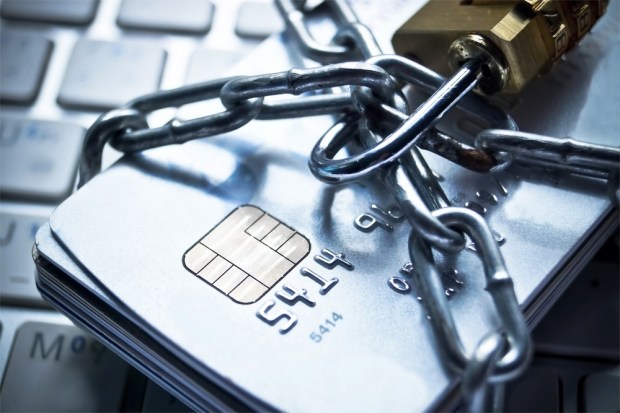RSA Report: Digital Security As A Competitive Advantage

An annual report by RSA shows how consumers perceive the security of their digital experience, where those perceptions are well (or poorly) founded and how organizations can capitalize on opportunities to distinguish themselves in the market by providing stellar security.
Is your information secure online? Are you sure? RSA takes a closer look at consumer perceptions of security … and the reality.
RSA provides products and services to help customers avoid or recover from cyber threats. Every year, the company does a consumer confidence survey (this year conducted by Harris Poll and Nielsen) and publishes the results in an e-book. The 2017 report is now available.
The report is a must-read for anyone who engages with a large population of consumers, as it can give business owners and managers insight into their customers’ expectations and perceptions. Businesses can use those insights to build their customers’ confidence and set themselves apart in the market.
Angel Grant, director of product marketing and global marketing for RSA’s fraud prevention solutions, said that people have a pretty good sense of which information is most at risk and where it’s most likely to be stolen, but they’re not taking any extra steps to protect it.
For instance, social media scored low on the confidence scale, meaning users felt their information was not secure on these platforms … yet that’s where people posted the most personal information that can be used for identity theft. Users felt protective of their home address, yet that was the single easiest detail to find.
“Cybercriminals target anything they can monetize,” Grant said. That includes any information they can use to take over accounts, conduct false insurance claims or purchase prescription drugs. Hackers can even steal loyalty points from airlines and hotel chains and cash them out for gift cards.
People are right to guard their bank, credit card and Social Security information, Grant said, but their caution shouldn’t stop there.
When consumers receive a notice of a security breach on a platform they use, that should trigger them to change their password. Currently only 28 percent of users change their login key after a breach, and 25 percent said they used the same password for all sites. That’s despite 60 percent of people believing that password breaches are the greatest threat to their digital security.
“Consumers have very high expectations that organizations will secure them,” Grant said. “However, consumers are doing very little to change their behavior, even though they know that they need to improve their security hygiene.”
Nobody likes remembering passwords, but they’re an integral part of the digital infrastructure and are going to be around for a while, even as alternative identification methods like fingerprinting and eye scans start to gain traction.
“Passwords are so ingrained into our behavior and infrastructure,” Grant said. “We all want to get rid of them, but we have a long way to go. Passwords are going to be here for a while longer until we get that out of our infrastructure.”
On the other end of the spectrum, nearly all customers felt confident using their bank’s app or website, and that perception is well-founded, Grant said. Though bank platforms are among the most targeted because they deal directly with money, they’re also one of the most highly secure.
“A lot of financial regulations are acting as a forcing function,” Grant explained.
The recent report offers a map of opportunities for businesses to differentiate themselves in the market. If an organization can inspire consumer confidence without adding inconvenience, that gives them a core business advantage, Grant said.
The report highlights three key areas: how consumers perceive security across mobile apps and platforms, what consumers are willing to do to protect their own digital identities, and which security methods are most likely to be adopted.
The survey also revealed that most consumers prefer to be involved in choosing how they’re protected and want a visual indicator that they are secure (like the small green lock symbol and the “https://” indicator showing that a website is secure).
One way businesses can improve customer confidence is to invest in products or services from companies like RSA, whose Fraud and Risk Intelligence Suite offers organizations a centralized platform to help identify anomalies in users’ web and mobile experiences, from login to transaction to logout.
If the organization collects location information, that can offer even better insights, as consecutive transactions in, say, Boston and Russia would raise a red flag. However, many organizations don’t collect location data, and half of consumers said location tracking negatively affects their confidence.
RSA’s suite can work in tandem with any anti-fraud tools an organization already uses, providing even greater protection for customers.
“At the end of the day,” said Grant, “security is a shared responsibility between organizations and consumers. Organizations need to look at security as a business enabler, not a disabler – not a ‘no’ department, but a ‘grow’ department.”
To download the RSA Consumer Confidence Index, fill out the form below:
